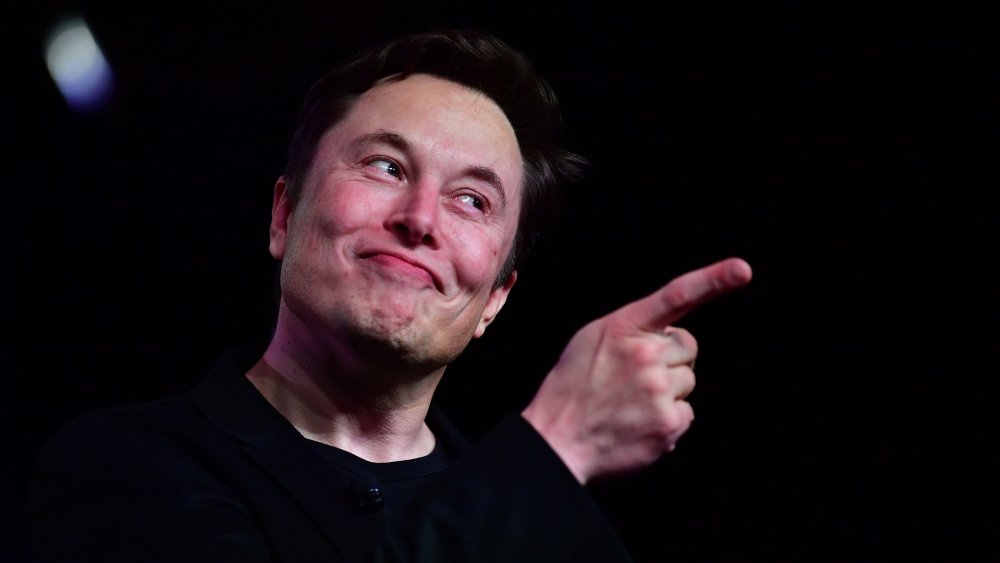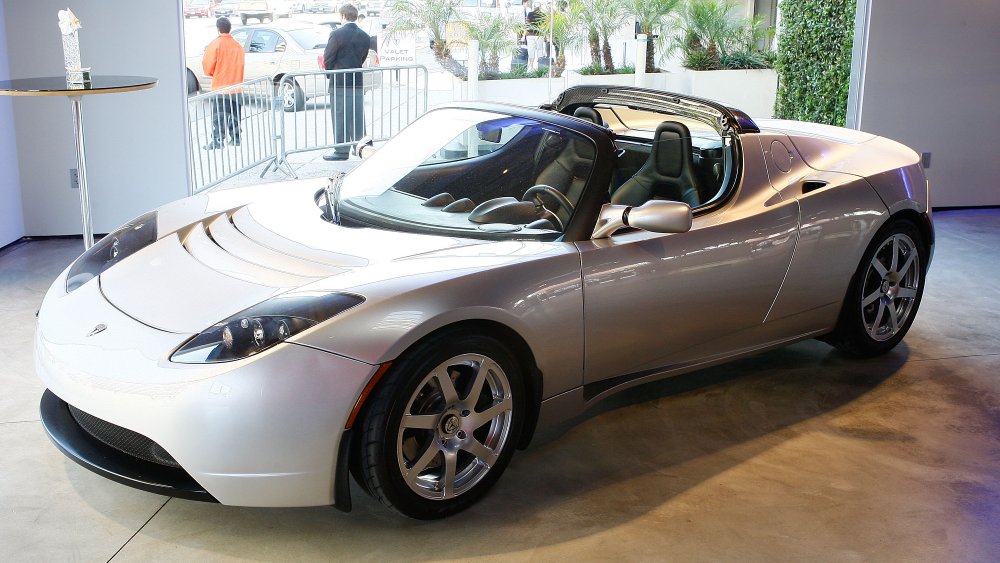Why Are Teslas So Expensive?
Despite Elon Musk's optimistic early views on turning electric technology into a fossil fuel alternative for the everyman, Teslas remain the vegan diet of the transportation world: healthier, yes, and a great way of communicating your superiority to your fellow man, but just too expensive for most people to realistically go for.
According to a release written by Musk in 2006, Tesla's business plan has always been to start out with high-end products, secure funding from affluent consumers, and then dovetail that success into more affordable options for everyday buyers. But 17 years after the inception of Tesla Motors, the battery powered vehicles remain out of most people's financial reach. The company's website currently lists a new, bare-bones Model Y at around $53,000. That figure jumps to $71,990 when you add on high-end features like an autopilot system, a tow hitch, and red paint. With a reported 367,500 vehicles delivered in 2019, it seems worth asking: how many more of these things do they have to sell before they become an accessible option for the everyman? And what's keeping them so expensive in the first place?
The electric sliding scale
As we may have mentioned before, the hefty price tag on an electric vehicle gets most of its calories from the battery.
Lithium-ion batteries are the bulky arc reactors at the heart of the electric car. Despite the fact that you can find them in your phone, your toothbrush, and your grimy Nintendo 3DS, they're still relatively new technology, and obscenely expensive to manufacture. According to Investopedia, it costs $30,000 to make the standard battery for a Tesla Model S, meaning that the car's price tag is already nearly halfway accounted for before it has fancy add-ons like seats and tires.
On top of that, Teslas remain a specialty vehicle. That "367,500 cars delivered in 2019" figure is impressive, but it pales in comparison to other brands. Statista reports that Ford Motor Company shipped roughly four times that many cars in the same period, and that actually represented an 8% drop in annual movement. Fewer sales mean a necessarily higher price point for an already expensive product.
The Tesla Cybertruck, meanwhile, remains expensive largely due to the astronomically high cost of maintaining and operating the Tron-style technology necessary to de-digitize a 1980s video game sprite and give it a physical presence in the real world.

